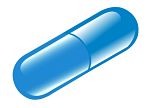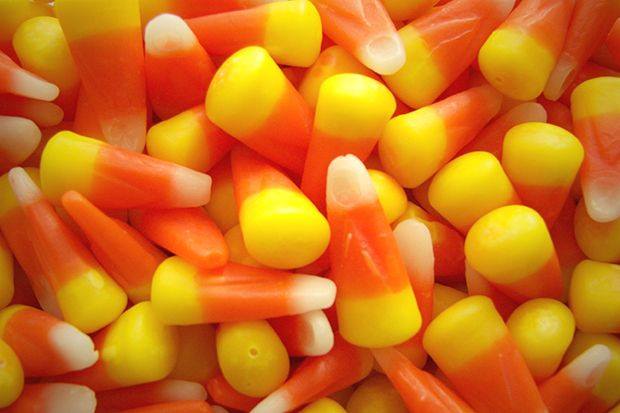ITG Diet Blog
The ITG Diet blog delivers informative weight loss tips, health resources and nutritional information to help you along your weight loss journey.
Choosing a Vitamin D Supplement?
- Font size: Larger Smaller
- Hits: 2893
- 0 Comments
 Vitamin D is a fat-soluble vitamin that is both a nutrient we obtain from eating certain foods as well as a hormone that our bodies produce. It has been proven to help the body absorb and hold on to calcium and phosphorus which are both extremely important in building bone. Vitamin D can also combat cancer cell growth, reduce inflammation, and help the body control infections. There may be many other roles that vitamin D may play since there are vitamin D receptors in many of the body's tissues and organs.
Vitamin D is a fat-soluble vitamin that is both a nutrient we obtain from eating certain foods as well as a hormone that our bodies produce. It has been proven to help the body absorb and hold on to calcium and phosphorus which are both extremely important in building bone. Vitamin D can also combat cancer cell growth, reduce inflammation, and help the body control infections. There may be many other roles that vitamin D may play since there are vitamin D receptors in many of the body's tissues and organs.
Where Can I Get My Vitamin D?
Vitamin D is found in very few foods, and at that, usually only in small amounts. Oily fish, such as salmon, sardines, and mackerel, red meat, liver, and egg yolks contain some vitamin D. Other processed/fortified foods may also contain the vitamin if it is added in the production process.
Vitamin D is also known as the "sunshine vitamin" due to the fact that one form of the nutrient, D3, is produced in the skin with the help of ultraviolet rays from the sun. People who spend a lot of time indoors, in darker environments, or who have dark skin are most at risk of having a vitamin D deficiency. Vitamin D production in the skin is the primary source of this nutrient, even more so than the foods we eat!
The Difference Between D2 and D3
Vitamin D2, also known as "ergocalciferol," is obtained from plants and is used to fortify foods with the nutrient in items such as fortified orange juice, dairy and plant milks, and cereals.
D3, or "cholecalciferol," is naturally produced by the body and found in animal foods such as oily fish, beef liver, egg yolks, and tuna fish. In many studies, D3 was found to raise blood concentrations of the vitamin as well as to sustain those levels. Many experts also prefer D3 due to the fact that it is already produced naturally by the body and found in foods that naturally contain this vitamin.
To shop for Vitamin D3 and more healthy supplements, click here
Signs of a Vitamin D Deficiency
A deficiency in this nutrient typically occurs due to poor diet and poor absorption. Between not eating enough foods containing vitamin D as well as not receiving enough ultraviolet light exposure over long periods of time are important factors in causing a deficiency. Other factors of deficiency: found in people who are obese (the vitamin is stored in fat tissue but not readily available for use in the body); those who have some type of inflammatory bowel disease (Crohn's disease, ulcerative colitis) that interferes with the body's ability to absorb dietary fat; people following a vegan diet or who are lactose intolerant; people who have had gastric bypass surgery, which usually removes the upper part of the small intestines where vitamin D is absorbed.
Prolonged vitamin D deficiency can result in rickets in children and osteomalacia in adults (which can be reversed with supplementation.)
A blood test can reveal levels of vitamin D in the body. Check with your doctor for specifics on how much your body needs. Remember, on a limited diet, your supplementation needs will change especially when restricting oily fish, dairy products, and vitamin D fortified foods.
To shop for Vitamin D3 and more healthy supplements, click here











